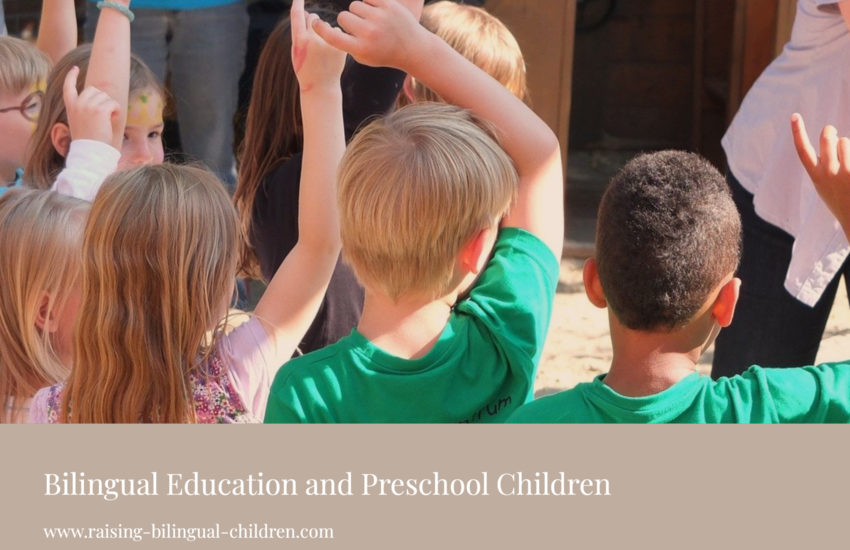If your child is between 3 and 6 years old and grows up with only one language, it is a good time to start educating your child bilingually. It is a golden moment, children in this stage are like sponges and learn with incredible speed. Although they already show the first nuances of character and know how to say no, parents still have a lot of influence, as in the choice of preschool and the first activities such as sports and music.
Children between 3 and 6 years of age are poised to learn how to speak and communicate. A 3-year-old boy has already recorded the melody of the mother tongue, he already says his first sentences, with simple grammatical structures and has a command of non-verbal communication. Between 3 and 6 years old children will learn:
• Mastery of simple sentences
• To ask various questions
• To use the past, present and future
• To use the language for fantasy games
• To talk about various topics
• To use personal pronouns
If you have not started a bilingual education, you can still think about the option of a bilingual preschool or a music or games class in a second language. For children who already are in contact with two or more languages, the challenge is to stimulate the different languages, according to the norm agreed by the family on how to educate bilingually. The main objective of parents and educators in this phase of development should be to help expand vocabulary and reinforce the correct construction of sentences. For this you can:
• Motivate the conversation through simple questions
• Use any normal situation of the day as a point of conversation (go to the supermarket, to the park etc …)
• Listen carefully and stimulate the child with flattery to continue advancing in its language development
• Take time to answer the child’s questions
• Do not mix languages when speaking to the child
• Carry out various joint activities
• Tell stories and read stories.
• Sing songs
• Listen to music and watch movies
• Play different fantasy games with the child
• Cook together
Books of intermediate format and with slightly more complex illustrations are recommended at this stage. More tips on how to use storybooks to stimulate language in bilingual education can be found in our section Books and magazines.
The use of audiovisual media should be controlled and limited, but there are a couple of interesting apps for young children and language learning programs such as: Lingupinguin oder Dinolingo.
In the area of electronic games, pencil books that read such as Leapfrog Leap reader are interesting at this age. Firms like Fisher Price and Vtech have very interesting electronic games for this age.




Although mixing languages in preschool-age children is not seen as a problem, since the child is in the process of learning the different languages, one should be careful to lead by example and not mix languages.
Parents and educators should also know that there are various speech and hearing disorders or abnormalities that are not directly related to bilingual development. If your child shows any of the following symptoms, he or she may have a problem that requires special attention:
• Does not speak much, nor often, but understands what other people say
• He is desperate for his inability to communicate
• He hat difficulty even answering simple questions.
• He ist able to pronounce words and sounds, but sentences often make no sense
• He has trouble learning new words
• He speaks with short sentences (two words), grammatically incorrect and incomplete
The pediatrician is the person responsible for evaluating the child’s linguistic development and recommending referral to an otolaryngologist or speech therapist. The faster these problems are detected, the more time you have to deal with them. In case of doubts, be sure to consult your pediatrician.

